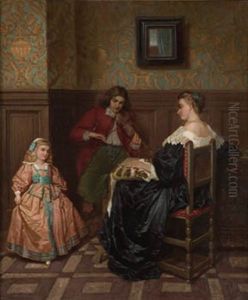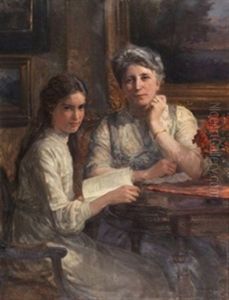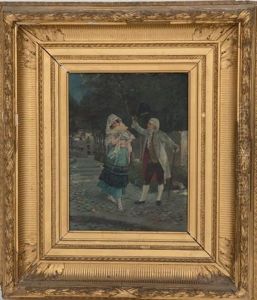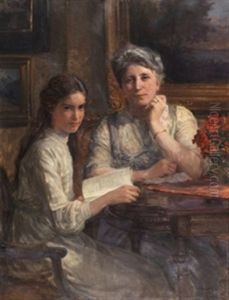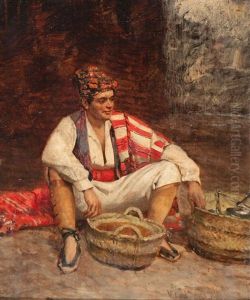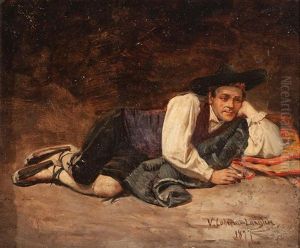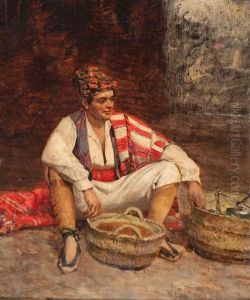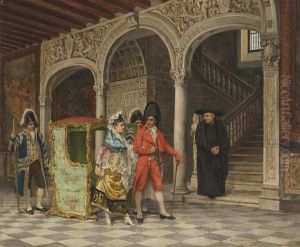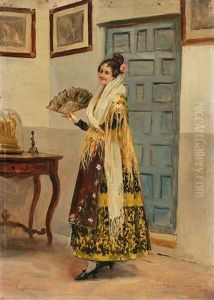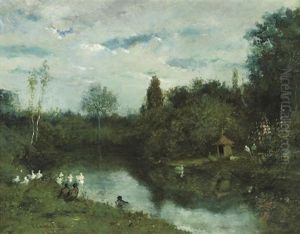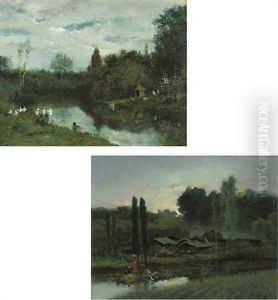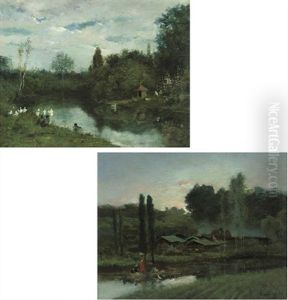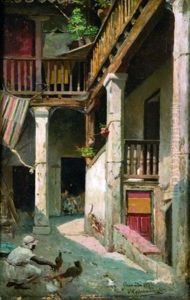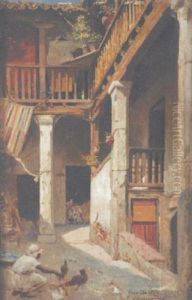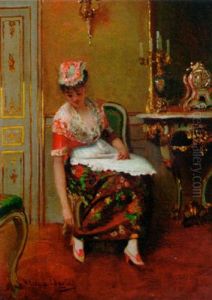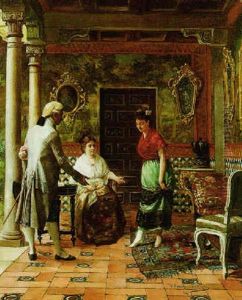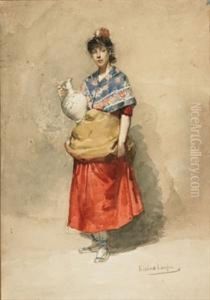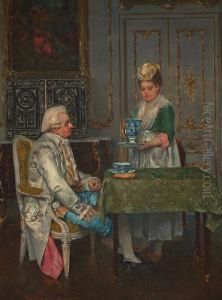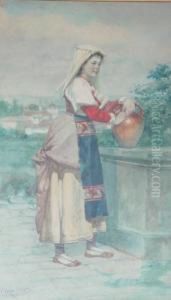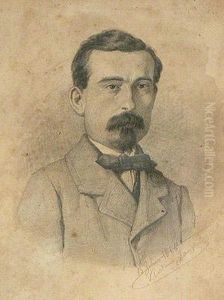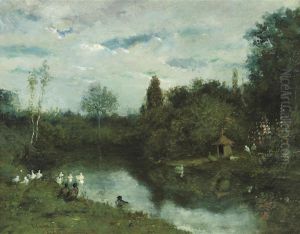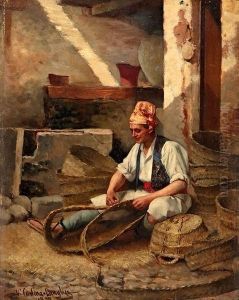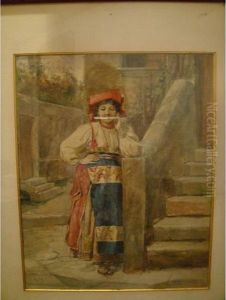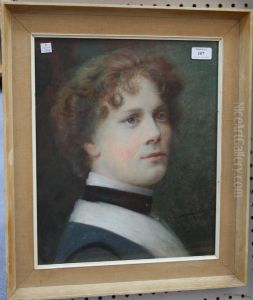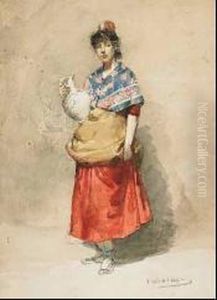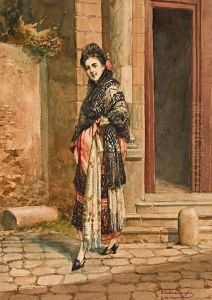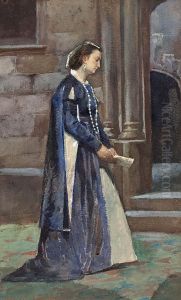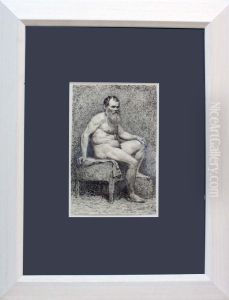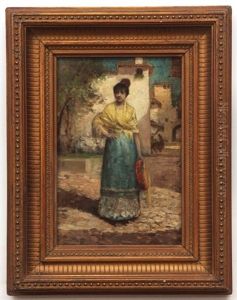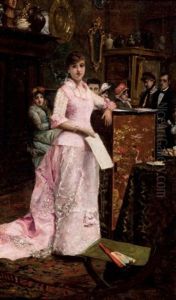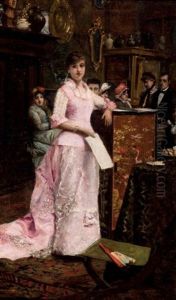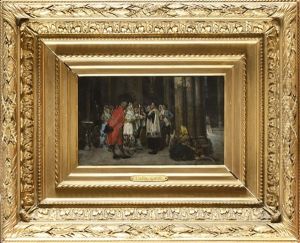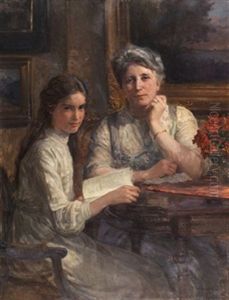Victoriano Codina Y Langlin Paintings
Victoriano Codina y Langlin was a notable 19th-century Spanish artist, recognized for his contributions to the field of painting. Born in the city of Barcelona in 1844, Codina y Langlin was part of the rich cultural environment of Catalonia during a period often referred to as the Renaixença, or Catalan Renaissance, which saw a revival of the Catalan language and culture.
Growing up in a region with a burgeoning artistic scene, Codina y Langlin was exposed to a variety of artistic influences. He began his formal art education at the prestigious La Llotja, the School of Fine Arts in Barcelona, where he was trained in the classical tradition of painting. His talent was evident early on, and he honed his skills by studying the works of the Old Masters as well as contemporary artistic movements.
Codina y Langlin's artistic career was characterized by his dedication to historical and genre painting, which was quite popular in the 19th century. He often depicted scenes from Spanish history with a romantic flair, capturing the drama and emotion of the narratives. His work also included religious themes, portraits, and landscapes, showcasing a versatility that was well-received by both critics and patrons.
In addition to his painting, Codina y Langlin was involved in the art community as a member of various artistic societies and participated in several exhibitions. His works were exhibited in prominent venues, including the National Exhibition of Fine Arts in Madrid, where he received recognition and awards for his contributions to Spanish art.
Despite his success, Codina y Langlin's life was not without challenges. The art market could be unpredictable, and like many artists of his time, he had to navigate the complexities of patronage and changing artistic tastes. Nevertheless, he managed to sustain a career that spanned several decades, leaving behind a legacy that would influence future generations of Spanish artists.
Victoriano Codina y Langlin passed away in 1911. Today, his paintings can be found in various museums and private collections, where they continue to be appreciated for their historical value and artistic beauty. His life and work remain a testament to the vibrant cultural heritage of Spain and the enduring appeal of 19th-century European painting.
